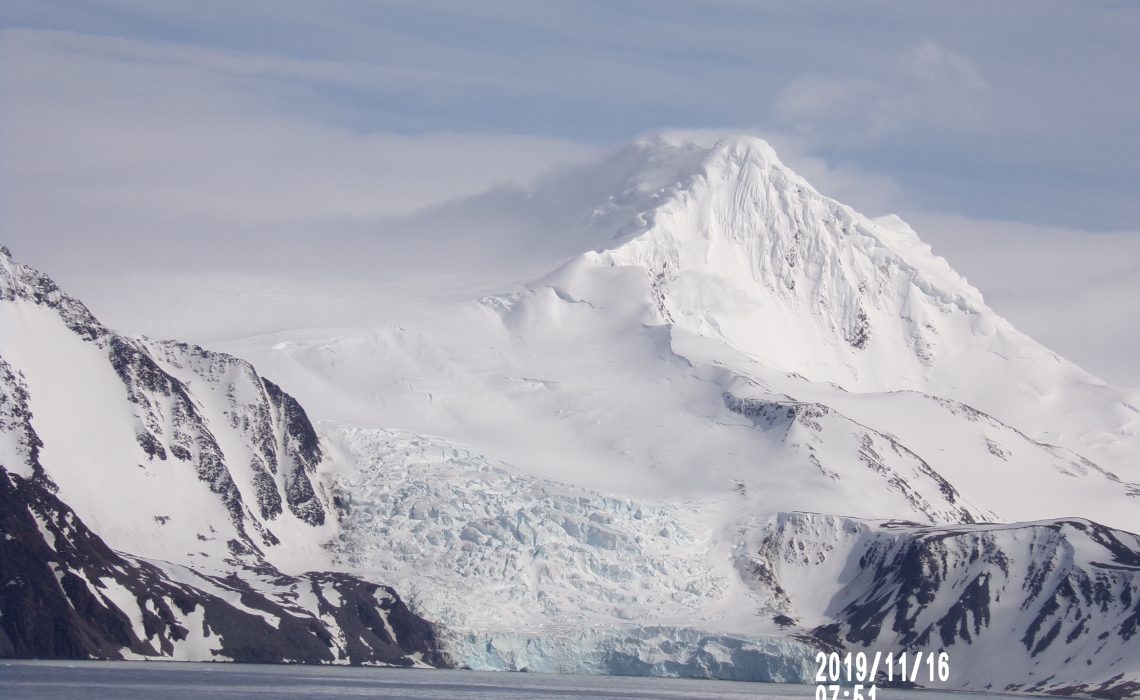
Inspirational or Delusional?
Thats a very good question and scientists quite frankly are divided. I think it could be another ‘audacious goal’ but share the nervousness that, like my last week’s blog on the Arctic, we are interfering with nature and eco-systems in a big way and don’t necessarily understand yet the implications of that.
Here’s the dilemma…
The Thwaites Glacier, nicknamed the Doomsday Glacier, is slowly melting, around 4% a year according to reports. It’s already contributing to the current rise in sea levels BUT if it melted totally then it would have a drastic and devastating effect on those levels. Thoughts are that will take hundreds of years yet – I am not so sure. With the increased temperatures that are affecting Antarctica so dramatically already, who knows what the just the next decade will bring.
Do you enjoy my writing?: Always optional, though Donating even a small amount occasionally, enables me to continue to be another voice for the environment, supporting organisations focussed on conservation and restoration through my blogs, video’s, giving my time on committees, raising awareness. Click on the Donate button, top right hand side of the page for more information on how I am contributing and why your donation counts.
In a recent blog I wrote about the recent findings by the British Antarctica Survey, and how we have lost 5 times the British Isles worth of sea-ice on the surface of Antarctica’s oceans.
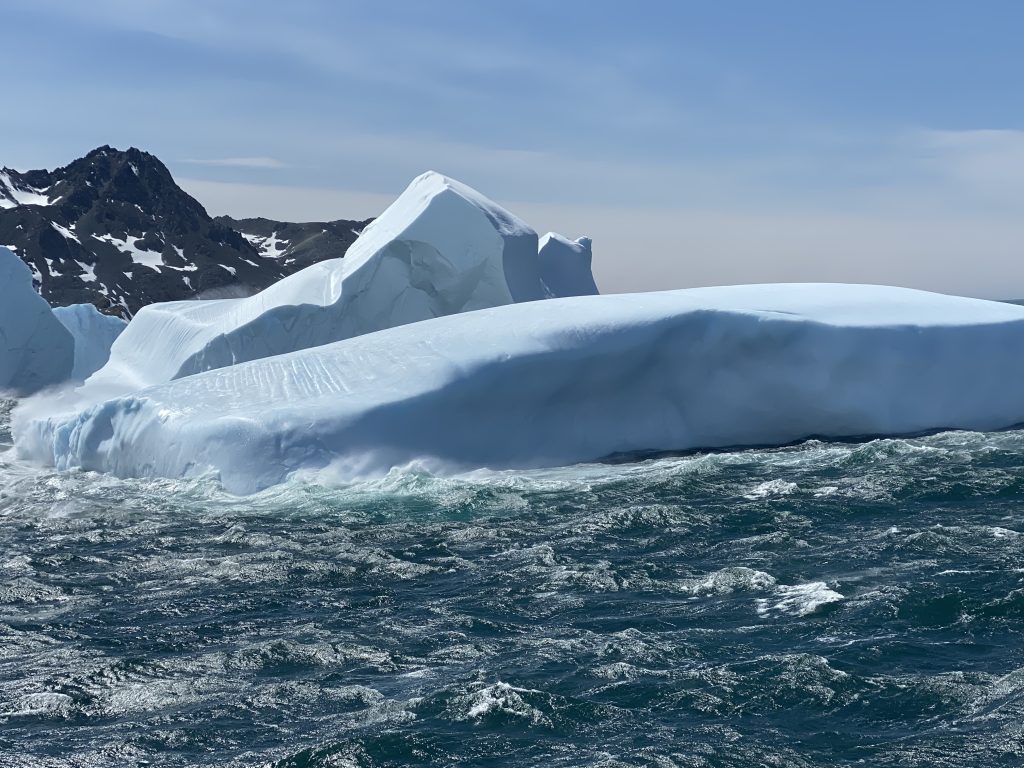
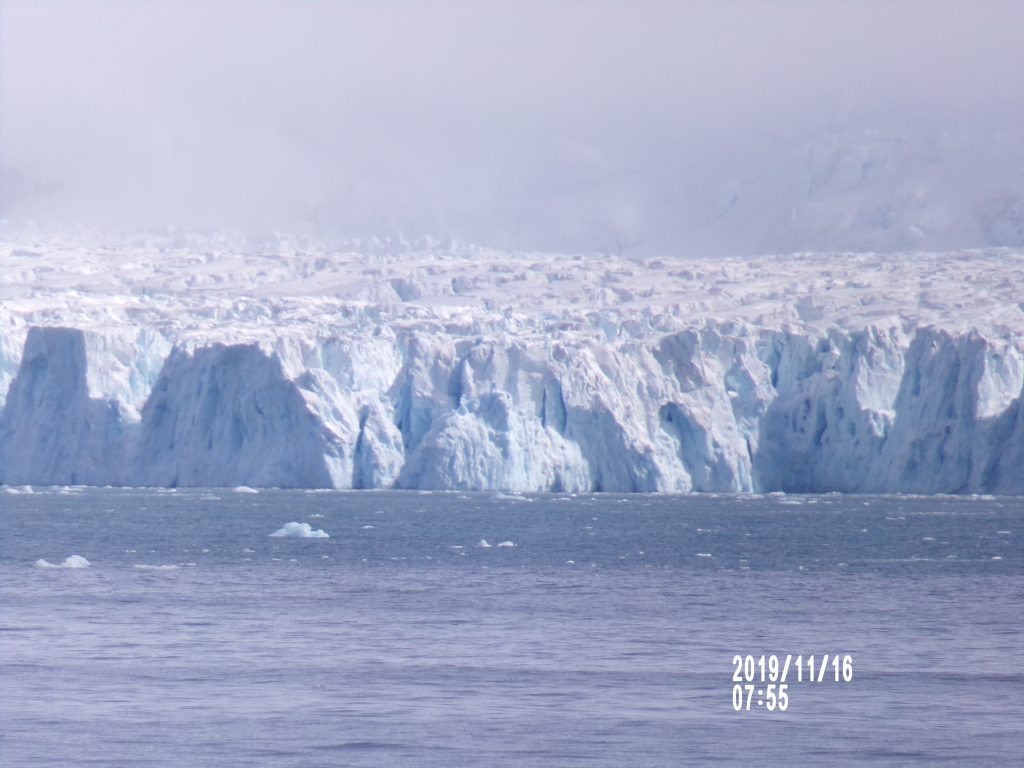
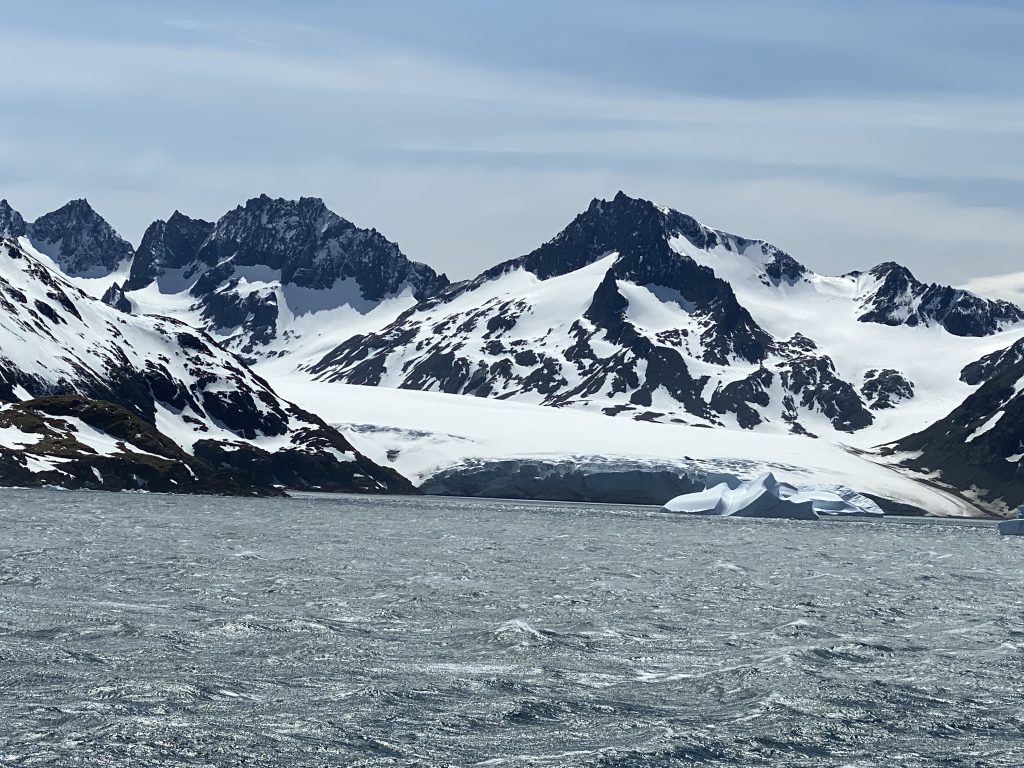
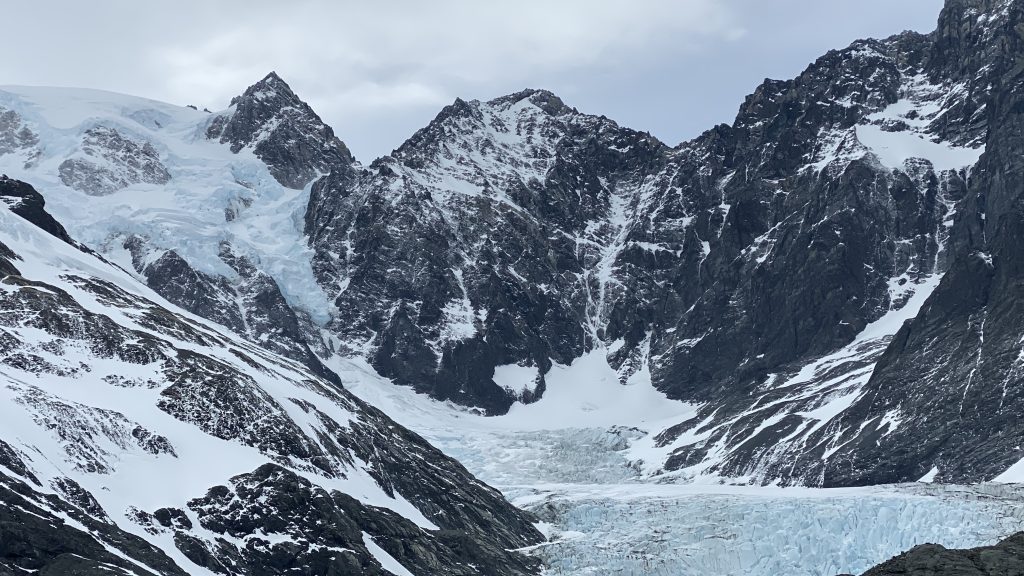
Some scientists have been looking at a possible solution.
John Moore is a Glaciologist based in Lapland and has come up with an idea of an underwater curtain, to stop the warm water underneath the glacier from accelerating the melting. It would be 62 miles long! It’s a wild idea. An expensive idea.
But a small scale experiment, with a lower financial footprint, is being tested at the University of Cambridge’s centre for climate repair at the moment. I didn’t ‘t even know that existed, must see if they accept visitors for the next time I am in Cambridge….
Will it work? They don’t know at this stage thought it is showing promise. It has a high price tag – but then so does relocating billions of people who will lose jobs and homes if the sea levels rise significantly, which is inevitable if you think about it.
So, we watch this space
Tests are being carried out to see if it will work, what positive effect it might have slowing down the melting rate, and of course what potential impact there might be on the ecosystem. It’s thrilling to think that we are coming up with all these different ideas to mitigate the challenges of the increase in global warming and all that brings to the planet. However, It still feels like it’s a sticking plaster for the issues at hand, as I stated in the Artic blog, and of course a distraction from what needs to be done to decrease the output of those greenhouse gases.
Link to Article on the Guardian Website HERE
